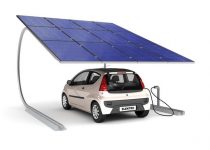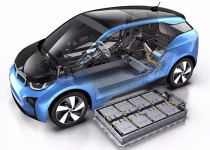How do electric vehicles contribute to reducing air pollution?
- Zero tailpipe emissions: Unlike conventional vehicles that run on internal combustion engines (ICEs) and emit harmful pollutants such as carbon dioxide (CO2), nitrogen oxides (NOx), particulate matter (PM), and volatile organic compounds (VOCs), EVs have no tailpipe emissions. Since they are powered by electric motors, they do not produce any of these pollutants at the point of use.
- Energy efficiency: EVs are more energy-efficient than ICE vehicles. They convert a higher percentage of electrical energy from the grid into kinetic energy, which propels the vehicle. As a result, less energy is wasted as heat, and less pollution is generated in the process.
- Lower carbon emissions over lifecycle: When considering the full lifecycle of a vehicle, including production, operation, and end-of-life disposal, EVs generally have lower carbon emissions than ICE vehicles. This is because the electricity used to charge an EV can be generated from low-carbon or renewable sources, such as wind, solar, or hydroelectric power.
- Regenerative braking: EVs typically feature regenerative braking systems, which capture and store the energy generated during braking. This reduces the need for energy generation from power plants and, as a result, helps to lower overall emissions.
- Reduced noise pollution: EVs are quieter than ICE vehicles, which helps to reduce noise pollution in urban areas. Although this is not directly related to air pollution, it contributes to an overall improvement in environmental quality.
It’s important to note that the overall environmental impact of EVs depends on the source of electricity used to charge them. In regions where the grid is powered by a high percentage of renewable energy, the emissions reduction benefits are greater. Conversely, if the electricity is generated mainly from fossil fuels, the benefits are less pronounced. However, even in such cases, EVs usually have a lower overall environmental impact compared to ICE vehicles.



